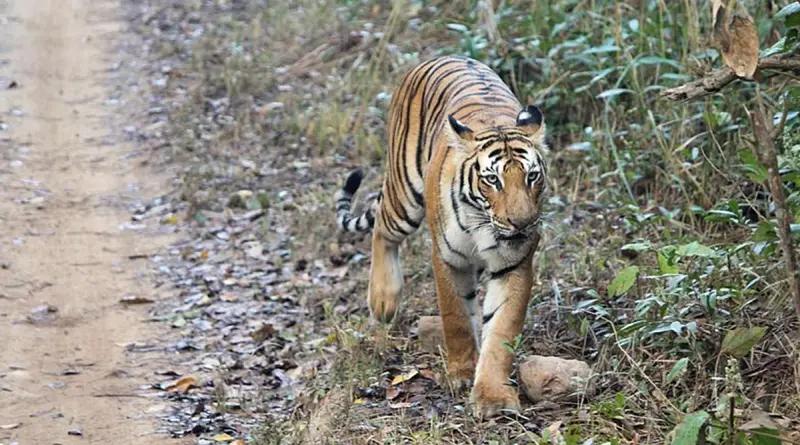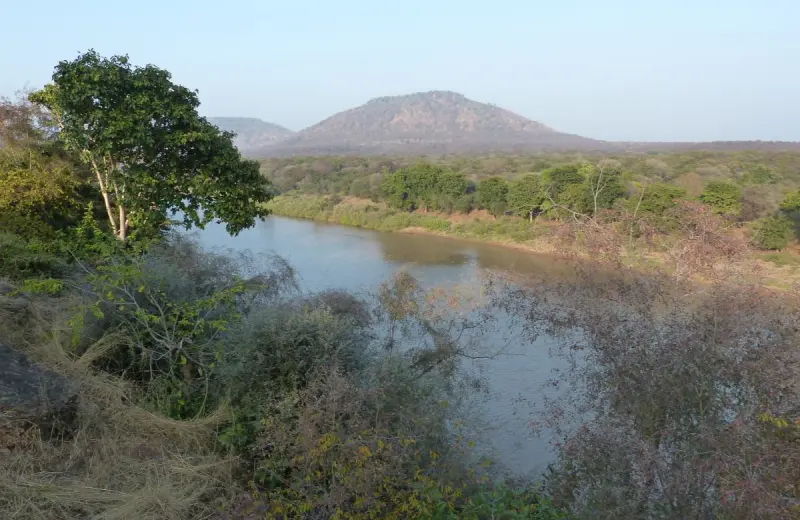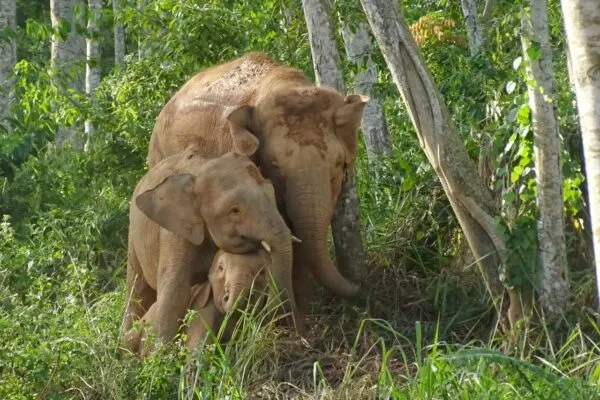7 Important Wildlife Corridors in India Safeguarding Species
Wildlife corridors have always aided animals to move around safely from one habitat to another. In recent times, these movement corridors have become far too important, especially in a country such as India, where a vast population of diverse wildlife thrives.
Wildlife predates humankind by millions of years, however, we have managed to disrupt their entire habitats and left them in fragmented ecosystems, hanging by straws for their survival. With sprawling human settlements, increasing anthropogenic activities and expanding farmland, especially around forests, wildlife habitats have been profoundly and adversely impacted.
There are many highways or railway tracks in the country that cut through these crucial corridors, which lead to unwanted and dangerous human-animal encounters. The constant disruptions in wild habitats often lead to human-wildlife conflicts, risking the lives of both animals and humans.
While the governments are trying to create more biological corridors for wildlife to migrate and move back and forth through their habitats, there are some natural corridors, although fragmented by humans at points, which are still providing safe passage to various species in India. Here are the seven major wildlife corridors in India that are crucial for wildlife.
Kaziranga-Karbi Anglong Corridor
Kaziranga-Karbi Anglong Corridor is sprawled over 25,000 square kilometres across the central part of the north-eastern state Assam, neighbouring states of Meghalaya and Nagaland. It is one of the most crucial wildlife corridors in India.
This biodiversity-rich landscape surrounds the Kaziranga National Park and the adjoining Karbi Anglong hills that form a critical corridor network for large mammals, such as tigers, elephants and rhinos.
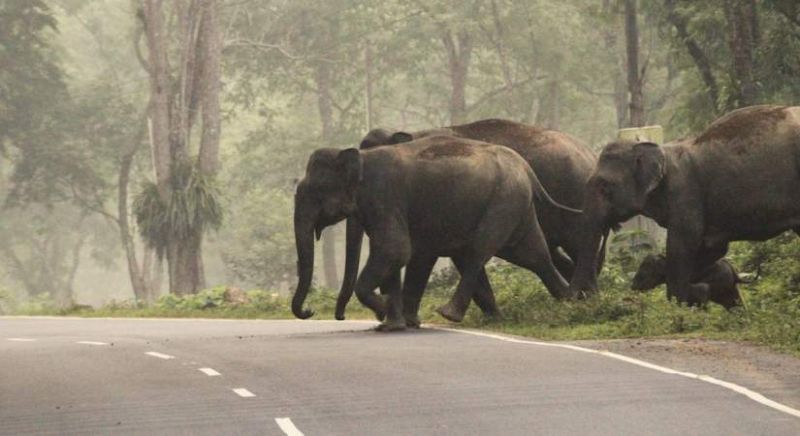
Image: Balipara Foundation
The national park is a world heritage site and is home to two-thirds of the world’s population of the one-horned rhino. This natural wildlife corridor has been facing various developmental and anthropogenic threats in the past few years.
National Highway 37 cuts through the low-lying areas of Kaziranga and the hills of Karbi Anglong. Each year the national park gets flooded during the monsoon, forcing the wildlife to migrate to Karbi Anglong Hills to take refuge. However, as Karbi Anglong Hills are across the highway, several animals are killed on the road each year by speeding vehicles.
It is the last remaining area of rich biodiversity in Assam and the corridor helps survive many animals during the floods. It is crucial to protect the corridor from human activities to preserve the habitat of many wildlife species.
Terai Arc Landscape, Lower Himalayan Region
Spread across 810 kilometers of the Indian states of Uttarakhand, Uttar Pradesh and Bihar, and the low-lying hills of Nepal, the Terai Arc Landscape is a crucial migration corridor of the Lower Himalayan Region. It covers 14 different protected areas in both countries.
The grasslands, forests and river valleys of the landscape provide important habitats for numerous species including rare Indian rhinos, Asian elephants and Bengal Tigers.
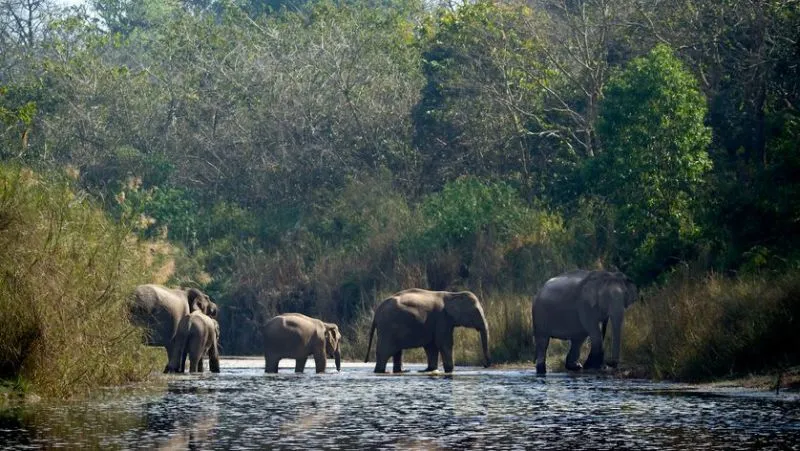
Image: MNN
Apart from these, there are several cat species, antelopes and deer, sloth, Himalayan black bear, yellow-throated marten, Indian pangolin, Gangetic dolphin and gharial.
Stretching from the Bhagmati River in Nepal to India’s Yamuna River, Terai Arc offers plenty of area for species to migrate around the parks and preserves, such as Chitwan National Park in Nepal and Rajaji National Park in India, which are not big enough to sustain a healthy population of large mammals.
Kanha-Pench Corridor, Satpuda-Maikal Landscape
The corridor that connects the Kanha and Pench Tiger Reserves sustain one of the most important meta-populations of tigers in central India. The Kanha-Pench corridor is home to around 120 tigers along with several important flora and fauna species.
The landscape also supports diverse land use, forest protection systems and traditional forest-dwelling tribal communities. Despite that, human-wildlife conflict is not the biggest threat in the region.
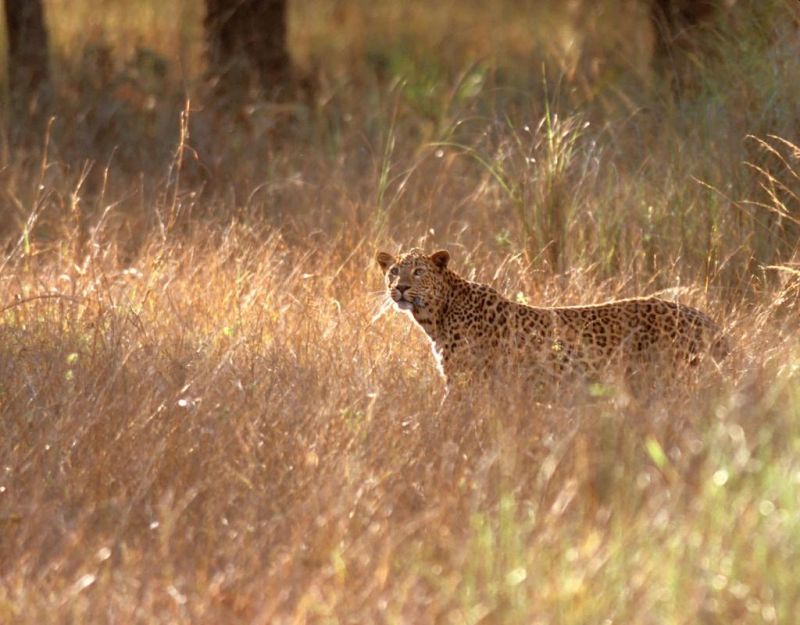
Image: WWF
There are 79 forest areas distributed across the landscape. There are tigers in 21 areas, leopards in 59, dholes in 25, sloth bears in 48 and Hyena in 8.
However, these species are threatened by development projects in and around the corridor. Various roads and railway lines crossing through the corridor could disrupt the entire habitats in the area.
Sawantwadi-Dodamarg Wildlife Corridor
The Sawantwadi-Dodamarg Wildlife Corridor joins protected conserves and sanctuaries in Southwestern India. The Western Ghats, a wildlife-rich mountain range that fortifies over this region of the subcontinent, has also been the focus of the mining industry.
The Ghats are home to many rare and endemic wildlife species along with Bengal tigers, bears, and elephants, and natural medicinal herbs used in traditional Ayurvedic medicine.
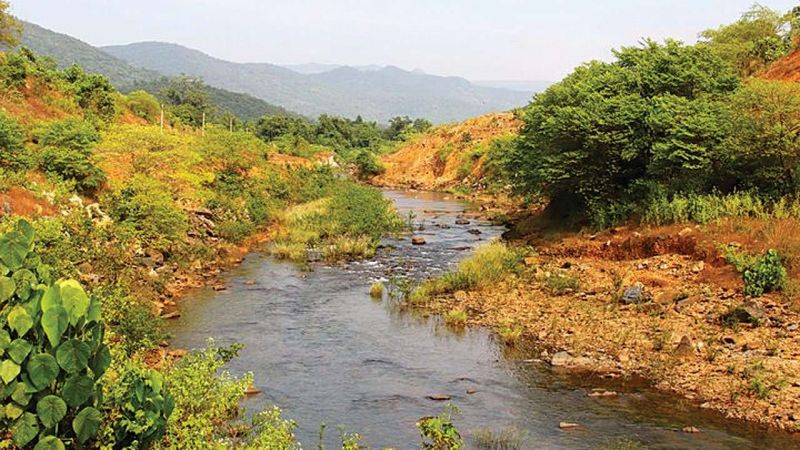
Image: DNA India
Amid fears that the mining companies would exploit the area, with the help of the Mumbai-based Awaaz Foundation, a charitable trust that focuses on environmental issues and conservation, the lands inside the corridor have been labeled as part of an “ecologically sensitive area”.
Also Read: 26 Important Wildlife Corridors Across the Globe
Sanjay Gandhi National Park Wildlife Overpass
This under-progress wildlife corridor is set to be the first wildlife overpass in India. Being constructed in Mumbai’s Sanjay Gandhi National Park (SGNP) and the Tungareshwar Wildlife Sanctuary (TWS) in the neighbouring Palghar district.
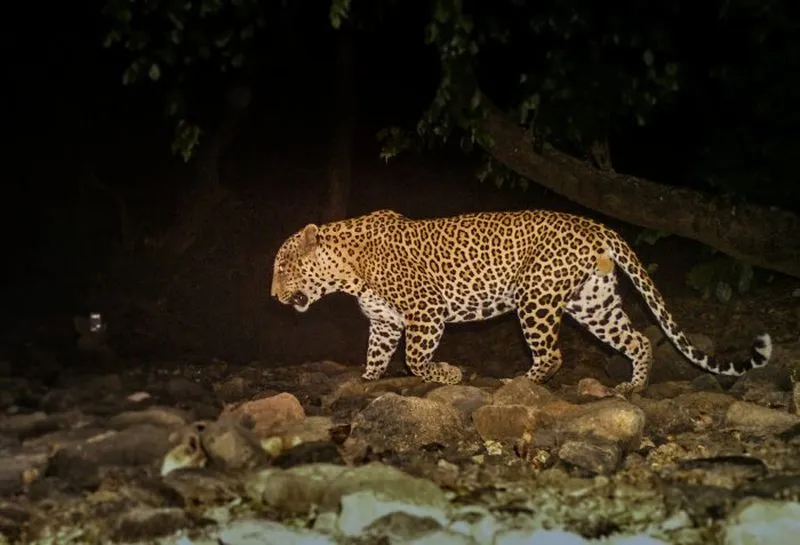
Image: Deccan Herald
The SGNP and TWS are home to over 150 leopards. Part of Western Ghats’ biodiversity, the SGNP provides shelter to 254 species of birds, 40 mammal species, 78 species of reptiles and amphibians and 150 butterfly species.
The TWS is inhabited by several wildlife species including fish, crustaceans and over 150 species of birds, and nine mangrove species, along with nearly 40,000 flamingos.
Rajaji-Corbett Corridor, Uttarakhand
The Rajaji-Corbett corridor in the Shivalik Hills of Uttrakhand state connects two major protected areas of the country. It supports a vast population of tigers, elephants, leopards and other animals, along with diverse species of trees.
Rajaji Tiger Reserve and Jim Corbett National Park both are among the earliest protected areas that have been enabling the wildlife species to thrive in the lower Himalayan region of Shivalik Hills.
However, temporal satellite imagery and years of ground observations have revealed that the Rajaji-Corbett corridor has suffered forest loss, degradation and disturbance due to anthropogenic activities in the areas, hindering animal movement and restricting them to forest islands.
To ensure the safe passage and proper development of the species in the region, it is absolutely necessary to restore this corridor to its natural state.
Ranthambhore-Kuno-Madhav Corridor, Western India
The Ranthambhore-Kuno-Madhav Corridor connects three protected tiger habitats in western India – Ranthambhore National Park, Kuno Palpur Wildlife Sanctuary and Madhav National Park.
The landscape provides a healthy prey base and plenty of migration space for large mammals such as tigers. Other animal species include chital, sambar, barking deer, chinkara, blue bull and wild pigs.
Tigers move through degraded and fragmented forest patches and agricultural fields to the other two landscapes. However, human intrusion poses a threat by encroaching into the forested blocks, ravines, river streams, gorges, croplands and multiple-use land.
